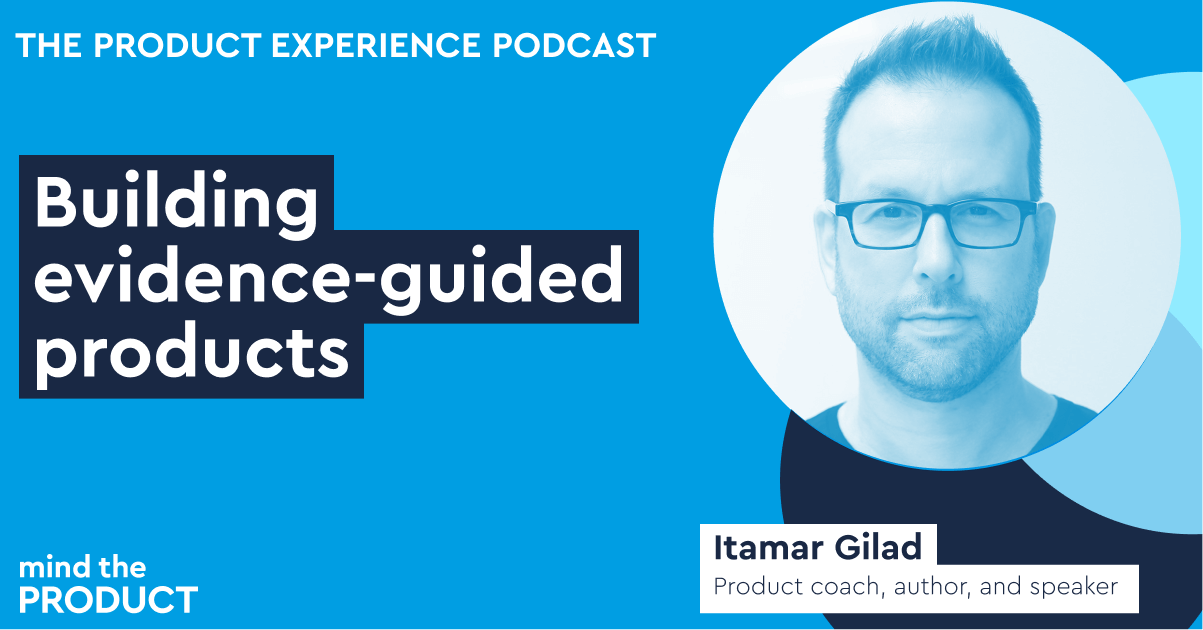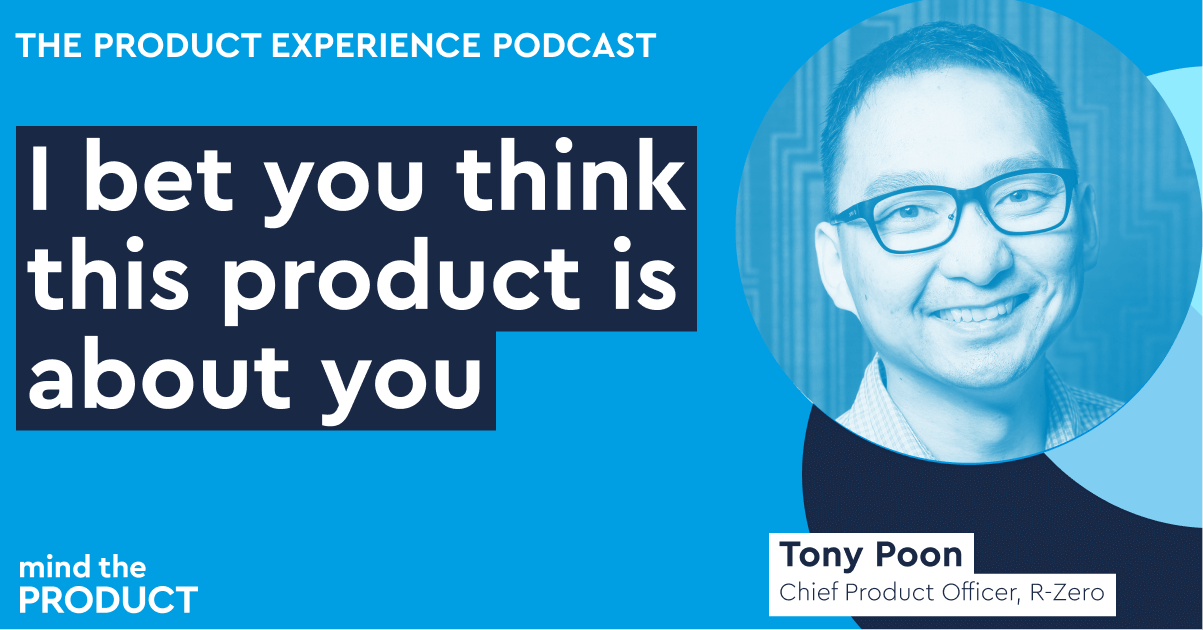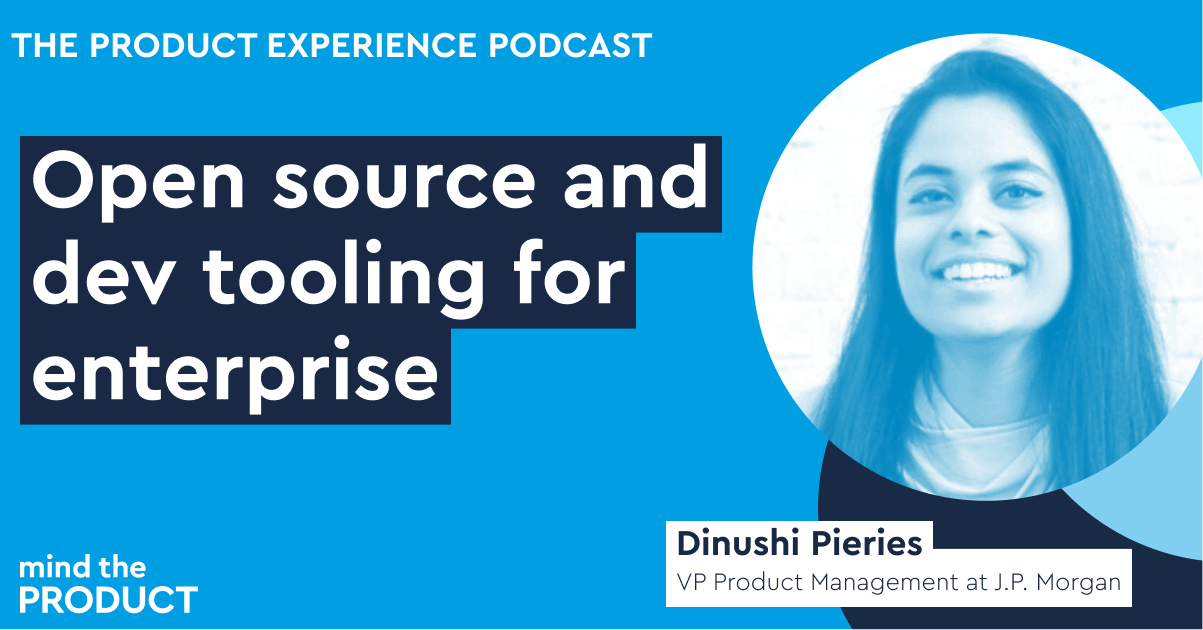Podcast
JUN 23, 2021
A culture of safety – Alla Weinberg
Read next

Podcast
Building evidence-guided products – Itamar Gilad (Google, Microsoft, IBM)

The Product Experience
- 32 min read

Podast
Permaculture for Agile teams – Amy Wagner on The Product Experience

The Product Experience
- 1 min read


Comments
Join the community
Sign up for free to share your thoughts